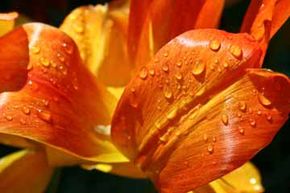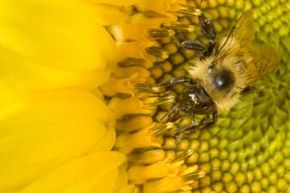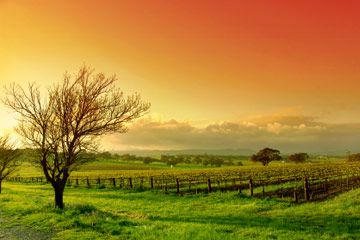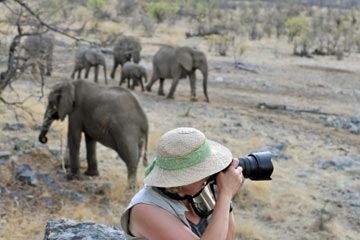Although you probably don't have access to an electro-magnetic shrink ray like in the movie "Honey, I Shrunk the Kids," you probably do possess a tool that can give you an up-close look at the disdainful expressions of grasshoppers, the rugged terrain of a marigold leaf and the hairy appendages of a snowflake. With just a point and shoot digital camera, you can begin to explore the field of macro nature photography. If the macro bug bites you, you can invest a little cash for a few pieces of equipment and be well on your way to finding out what tiny surprises lie hidden in our own world.
The goal of macro photography is to capture details of a subject that the naked eye can't see. Macro photography is generally defined as photography in which the focus is close enough so that when the image is printed as a photograph, it appears at least as big as the actual size of the subject or even larger. In general, macro photography produces an image size ranging from life size, with a 1:1 ratio, to up to 10 times life size (10:1) [source: Smith]. The range of image ratios smaller than that, from 1:1 down to 1:10, is called microphotography or, more commonly, close-up photography.
Advertisement
In the days of film, macro nature photography was an expensive proposition, requiring expensive special lenses, extension tubes, micro bellows that further separated the lens from the main body of the camera--maybe even a reversing ring that let you put a lens on backwards and use it as a microscope instead of a telescope. But today, most digital cameras come with a macro mode setting. Just twist the dial, and you're focusing into the Lilliputian world of ladybugs and dandelion seeds. Still, when you turn over to macro mode, you're giving up control of aperture (how much light is allowed in from the lens) and shutter speed, which some photographers are loathe to do. They prefer the surety of manual settings and single lens reflex (SLR) cameras.
In this article, we'll look at the different schools of thought on macro nature photography. Whether you are satisfied with the ease of automatic settings or want to keep the control to yourself, keep reading to find out ways to get the shots that will satisfy you and possibly amaze your friends.
Advertisement




